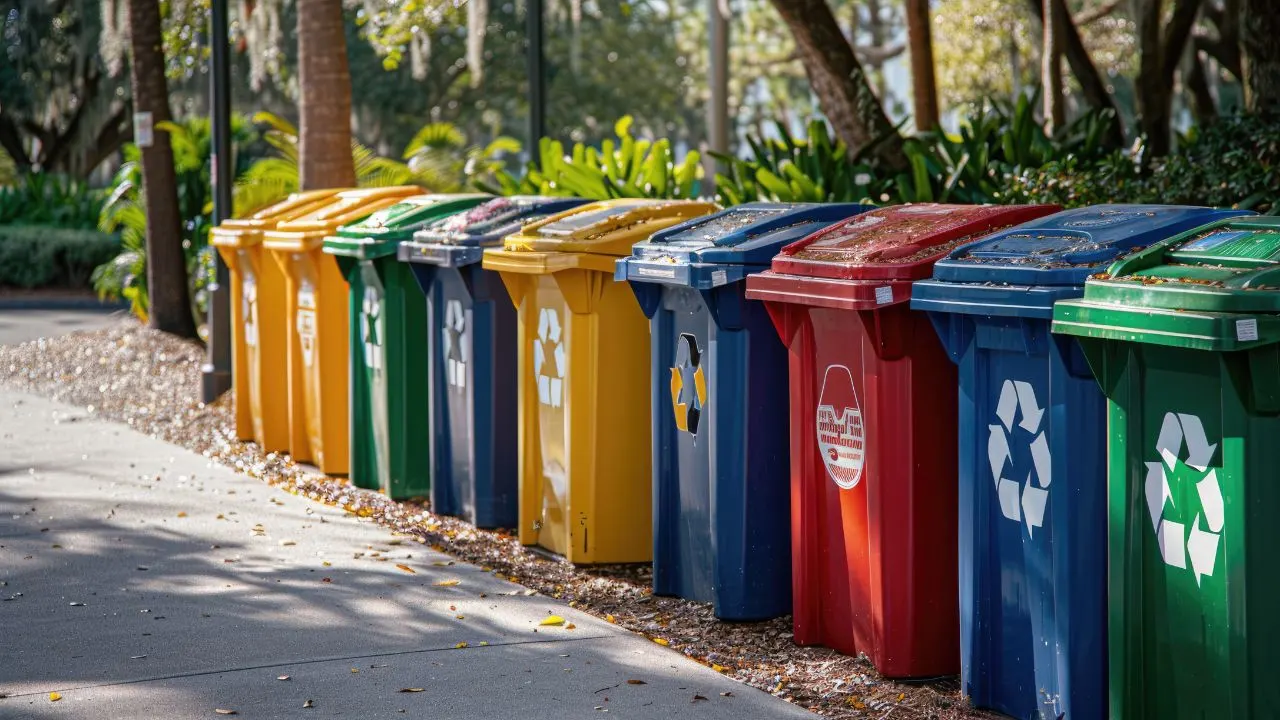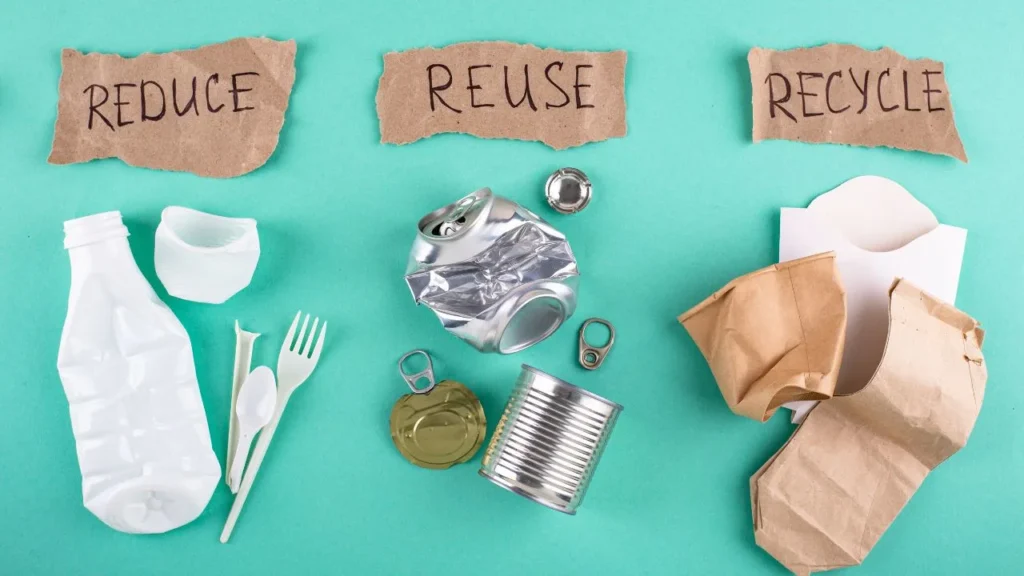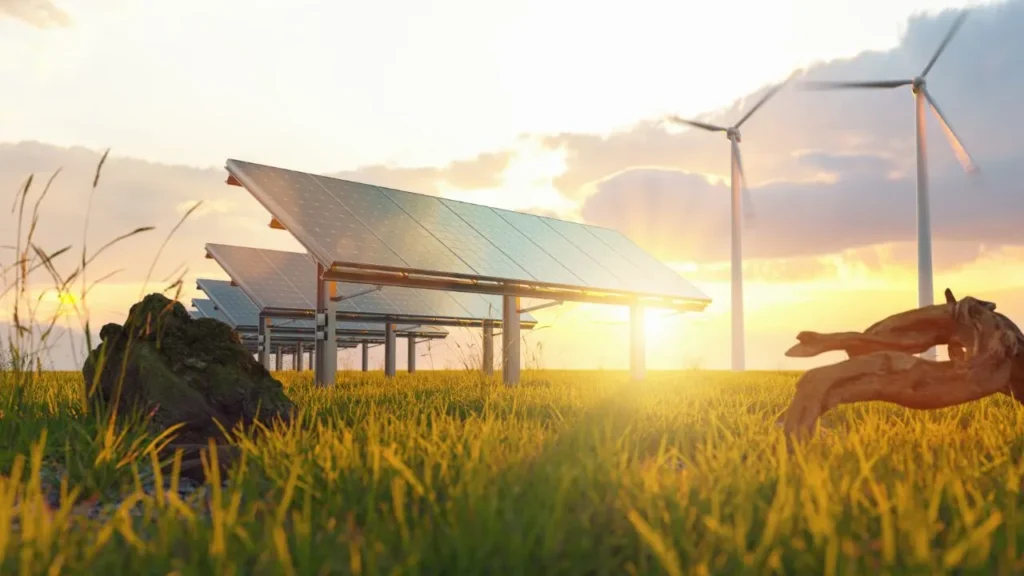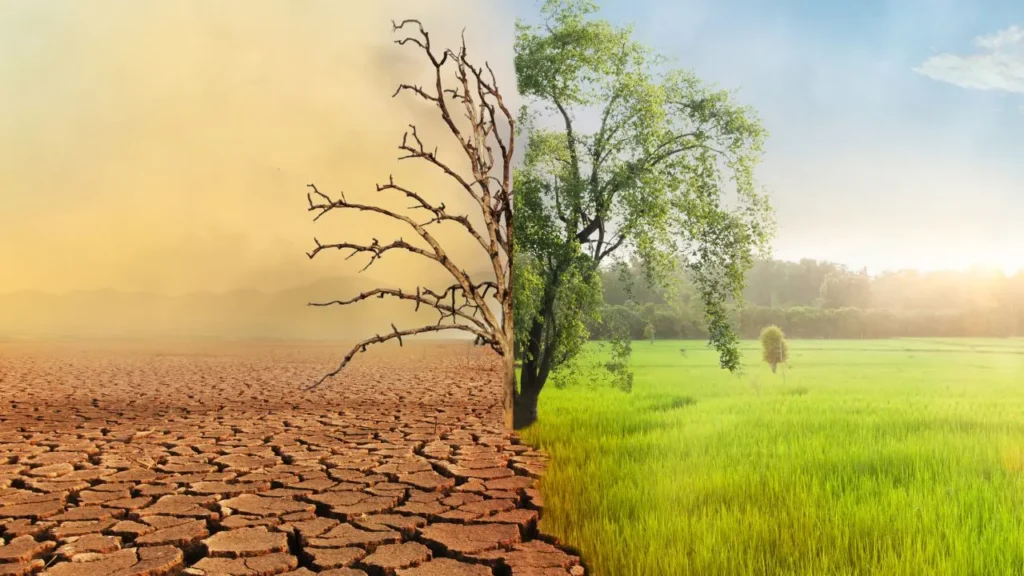 9 months ago
Sustainable Living Tips
By akhabartime
409 Views
9 months ago
Sustainable Living Tips
By akhabartime
409 Views
Practical Sustainable Living Practices: Easy Steps to Embrace a Greener Lifestyle
Introduction: Understanding Sustainable Living Practices
Sustainable living practices are actions that help reduce your environmental impact and conserve resources for future generations. By incorporating small, intentional changes in our daily lives, we can collectively make a significant positive impact on the planet. In this blog, we’ll explore simple yet effective ways to start living a sustainable lifestyle.

1. Think Twice Before Shopping
Every product we purchase has an environmental footprint—from the raw materials used in production to the pollution generated during manufacturing, packaging, and shipping. Even if a product is recyclable or compostable, the damage has already occurred before it reaches your hands. To minimize this impact:
- Ask Yourself: Do I Really Need It? Reflect on whether the item is necessary or if you can make do with what you already own.
- Buy Secondhand: Consider purchasing used items, which helps reduce demand for new products and reduces waste.
- Choose Sustainable Products: When you do shop, opt for products made from eco-friendly materials with minimal packaging. This reduces your carbon footprint and helps support brands that prioritize sustainability.
By consciously evaluating our purchases, we can minimize unnecessary consumption and make better choices for the planet.

2. Ditch Plastic and Switch to Reuse
Plastic is one of the biggest pollutants on Earth, and it never truly disappears. Each year, millions of tons of plastic end up in our oceans, where it harms wildlife and disrupts ecosystems. You can significantly reduce your plastic usage by adopting a few simple practices:
- Use Reusable Bags: Bring your own bags when you shop to avoid single-use plastic bags.
- Say No to Single-Use Plastics: Avoid disposable plastic items like water bottles, straws, and cutlery. Instead, use reusable alternatives made from stainless steel, glass, or bamboo.
- Opt for Plastic-Free Products: At the grocery store, select unwrapped produce or choose items with minimal packaging. Every reduction in plastic usage contributes to a cleaner environment.
Switching to reusable alternatives reduces the amount of plastic waste that ends up in our oceans and landfills, helping to protect wildlife and our ecosystems.

3. Adopt Energy-Efficient Practices
Energy conservation is a key aspect of sustainable living. Using less energy reduces your carbon footprint and helps conserve natural resources. To start living more sustainably:
- Switch to Energy-Efficient Appliances: Opt for LED light bulbs, energy-efficient refrigerators, and washing machines to reduce your household’s energy consumption.
- Unplug Devices When Not in Use: Electronics still consume power even when turned off. Unplug devices or use smart power strips to prevent this “phantom” energy use.
- Use Renewable Energy: If possible, consider switching to renewable energy sources such as solar or wind power to power your home.
By reducing your energy consumption, you not only save money but also help mitigate the impacts of climate change.

4. Choose Sustainable Food Options
The food choices we make have a profound effect on the environment. From farming practices to transportation, every step in the food supply chain has an environmental impact. Here’s how you can make more sustainable food choices:
- Buy Local and Seasonal: Purchasing locally-grown produce supports local farmers and reduces the carbon footprint associated with long-distance food transportation.
- Reduce Food Waste: Plan meals, store food properly, and compost leftovers to minimize waste that ends up in landfills.
- Eat More Plant-Based Foods: Reducing meat consumption lowers greenhouse gas emissions associated with animal farming and helps conserve water and land resources.
These changes can have a significant impact on your personal carbon footprint, while also supporting sustainable food systems.

5. Water Conservation: Small Changes, Big Impact
Water is a precious resource, and we should use it wisely. Simple water-saving practices can make a big difference:
- Fix Leaks: Even a small leak can waste gallons of water every day. Ensure your taps and pipes are in good condition to prevent unnecessary water loss.
- Shorten Showers and Turn Off the Tap: Try taking shorter showers and turning off the water when brushing your teeth or washing dishes.
- Install Water-Efficient Fixtures: Low-flow faucets, showerheads, and toilets can drastically reduce water usage in your home.
By adopting these simple habits, you can contribute to preserving water resources and reducing your environmental impact.

6. Support Eco-Friendly Companies and Practices
As consumers, we have the power to drive change by supporting companies that prioritize sustainability:
- Choose Ethical Brands: Research and support brands that use sustainable materials, fair labor practices, and eco-friendly production methods.
- Invest in Green Products: Look for certifications such as Fair Trade, Organic, or B Corp, which indicate that the company meets high environmental and social standards.
Supporting eco-conscious businesses helps shift the market towards more sustainable practices.
Conclusion: Building a Sustainable Future
Living sustainably doesn’t require drastic changes all at once. By incorporating small, manageable actions into your daily routine, you can contribute to a greener, healthier planet. Start by considering your consumption habits, reducing waste, and choosing sustainable alternatives. Each step, no matter how small, helps create a more sustainable future for generations to come.
[sp_easyaccordion id=”220″]
Sponsored by Codenestify.com
